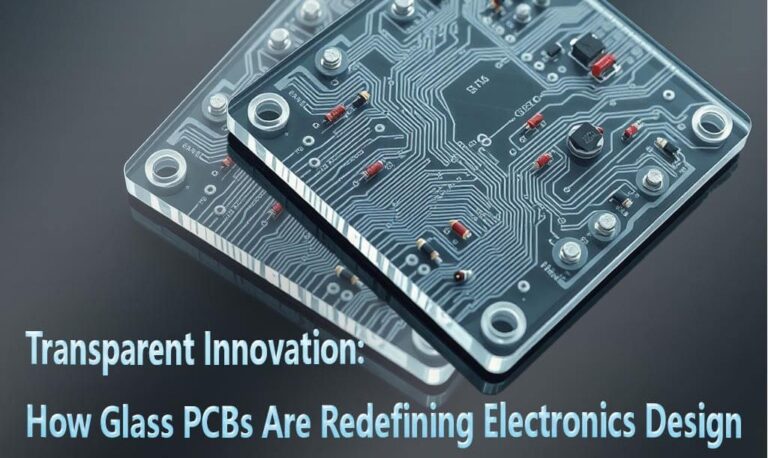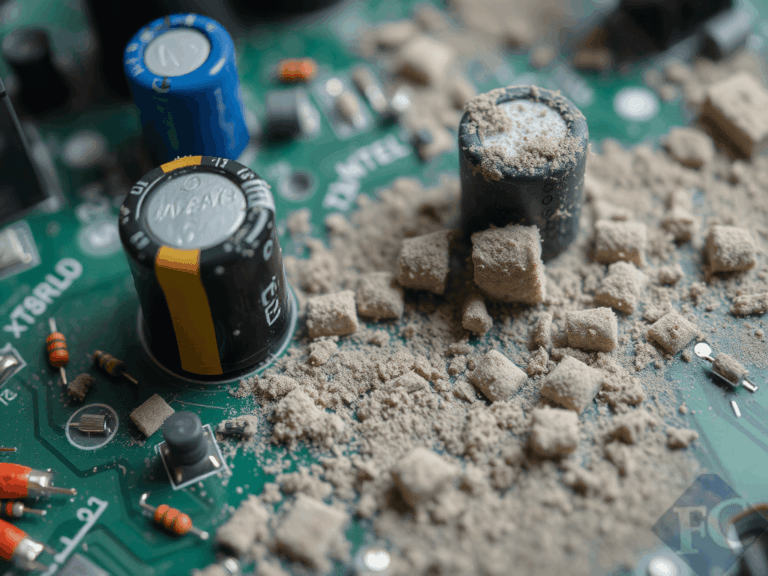PCB contamination, the unwanted residue, compromises the functionality of the circuit board. It is one of the major issues in the electronics industry that causes corrosion, short circuit and signal failure. This article covers contamination on PCB, the most common forms and their effects on device lifetime and performance, methods of identification and removal of the contaminants, and ways of preventing the circuit from being contaminated.
Types of Contamination on PCB
PCB contamination may refer to the introduction of various undesired substances when PCB is being assembled or even during the operational process of the PCB.

Flux Residues
If excessive flux is used with high affinity while soldering the electronic components, then there is a chance that flux residues may remain on the surface of the PCB. Even a very small quantity of flux residue, if left unclean, poses a threat, mostly in high-voltage applications. These flux residues at certain temperatures or humidity become conductive or corrosive, damaging the PCB.
Particulate Matter
Sometimes, small particles such as dust, fiber particles, and metal particles accumulate on the PCB surface during assembly or even in storage spaces. Non-conductive particles like textile fibers or silica dust may seem non-hazardous, but if they absorb moisture, then they may create a conductive path for an electrical signal. Such unwanted paths can link conductors and form possible short circuits or a random change of impedance.
Metallic Contamination
Metallic contamination includes solder residues or small particles. These types of contamination may result in electrochemical migration that can cause a short circuit in complex PCBs, most likely from copper or silver, especially in the case of a humid environment, resulting in dendritic growth.
Organic Contamination
Organic residues, such as skin oils, and airborne hydrocarbons, can trap moisture and pollutants, and increase the risk of corrosion. They also interrupt soldering, adhesion, and insulation. Such contaminants can degrade or carbonize at higher temperatures and resulting in the leakage paths or decreasing the dielectric strength.
Oxide Layers
This type of contamination occurs when PCB is meant to operate in extreme environmental conditions, like high humidity. Under such circumstances, copper pads or components lead to oxidation and other severe, unfortunate consequences, leading to major solder joint reliability degradation.
Moisture and Condensation
Water vapor, absorbed into PCB substrates or condensed upon them, can induce dielectric variations and form conductive paths in the biasing field, particularly in the high-density interconnects (HDIs).

Impact of Electronic Circuit Contamination
-
Electrical Performance
The contamination on PCB, such as ionic residues, dust, or moisture, can severely affect the electrical function of PCB by giving rise to leakage current, short circuits, and signal interference. Contaminants can convert conductive paths, potentially resulting in undesired current flow, while corrosive agents, such as moisture, can erode traces or contacts, which increase resistance. In high-frequency applications, small levels of contamination can cause the disruption of impedance matching and influence the quality of signals negatively.
-
Corrosion Mechanisms
Corrosion of PCBs usually occurs due to electrochemical reactions caused by moisture, ionic contaminants, and dissimilar metals. Galvanic and crevice corrosion are common types, damaging copper traces and solder joints. The new tin-rich alloys introduce new threats because of the change in the electrochemical behavior and initial microscopic damage that can quickly develop into open circuits or intermittent faults.
-
Thermal Management Impacts
Heat management is necessary to maintain electrical performance such as excess heat affects electronic components, losses in performance, and reduces the lifespan of PCBs. Contamination on PCB may decrease the ability to dissipate heat by insulating components, filling heat sinks. This causes the failure mechanisms of electromigration and degradation of the semiconductor. In high-frequency PCBs, residual contamination can cause dielectric loss, converting signal energy into unwanted heat.



